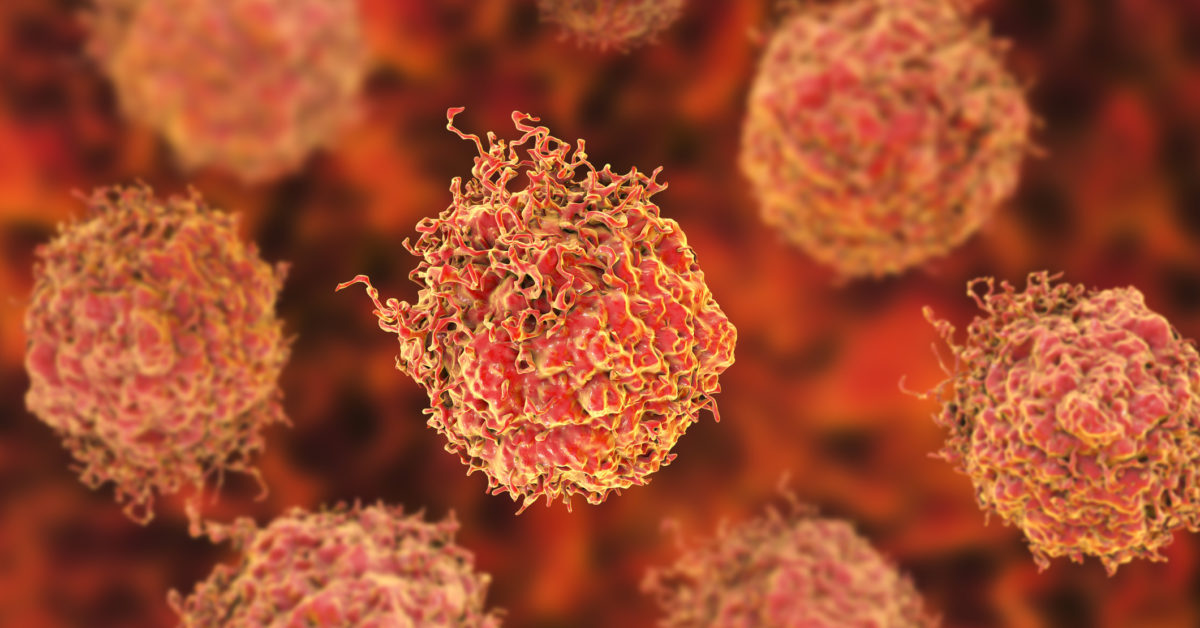Prostate tumors that contain more of a specific type of cell are more likely to be life-threatening, a new study has found. The research could lead to a test to differentiate between aggressive and harmless forms of the disease.

Prostate cancer is the most common cancer affecting males in the United States.
According to the American Cancer Society, around 1 in 9 men will receive a diagnosis of the disease in their lifetime. However, only 1 in 41 of those diagnosed will die as a result of it.
In many cases, doctors cannot determine the severity of a person’s cancer.
Every year, this uncertainty affects around 250,000 males newly diagnosed with the disease in Europe and North America.
Doctors and individuals with the disease face a significant dilemma when deciding whether to treat the disease or adopt a “watch and wait” approach.
The most aggressive treatments for prostate cancer have potentially severe side effects, including erectile dysfunction, infertility, and urinary incontinence.
Professor Colin Cooper, who jointly led the new research at the University of East Anglia’s (UEA) Norwich Medical School in the United Kingdom, explains:
“[Prostate cancer] usually develops slowly, and the majority of cancers will not require treatment in a man’s lifetime. However, doctors struggle to predict which tumors will become aggressive, making it hard to decide on treatment for many men. This means that many thousands of men are treated unnecessarily, increasing the risk of damaging side effects, including impotence from surgery.”
Doctors use the prostate-specific antigen (PSA) test to screen older men for prostate cancer.
Studies suggest that population-wide PSA screening is worthwhile, reducing overall mortality from prostate cancer by 21%.
Nonetheless, the majority of prostate cancers

